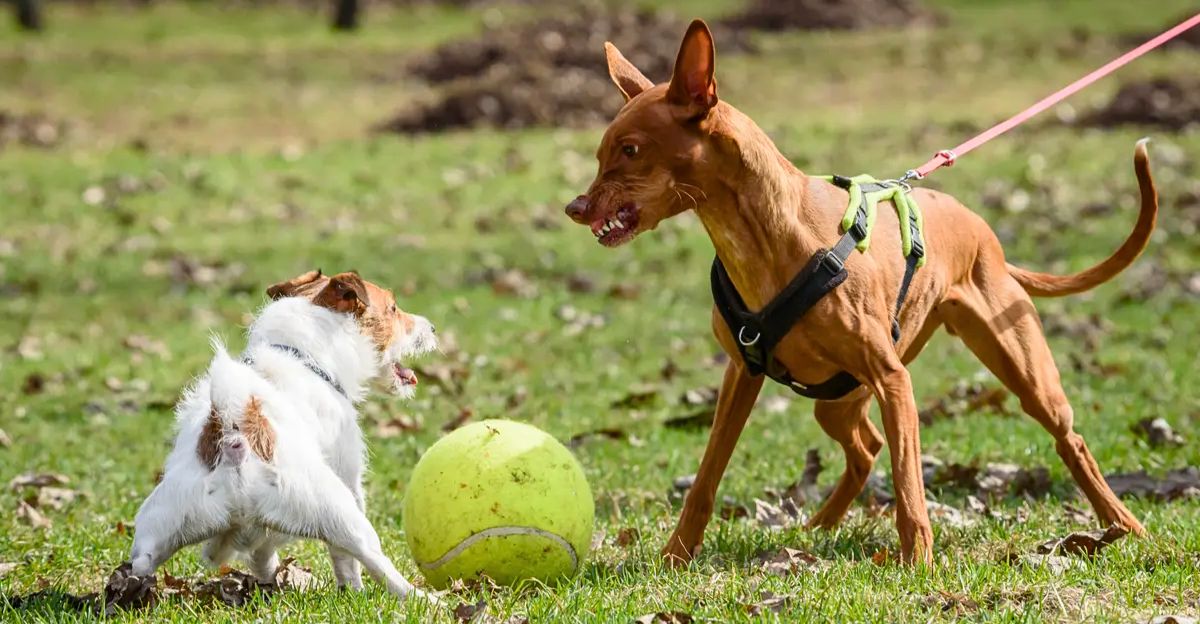
Not every dog breed is a trainer’s dream. While all dogs have their charms, some breeds present unique challenges that make them less popular among trainers. Whether it’s a stubborn streak, sky-high energy, or a knack for ignoring commands, these dogs require extra patience and expertise. Curious about which breeds top the list? Let’s look at some of the most unpopular picks among trainers—and why they’re so tricky to work with!
1. Belgian Malinois: Too Intense for the Average Trainer
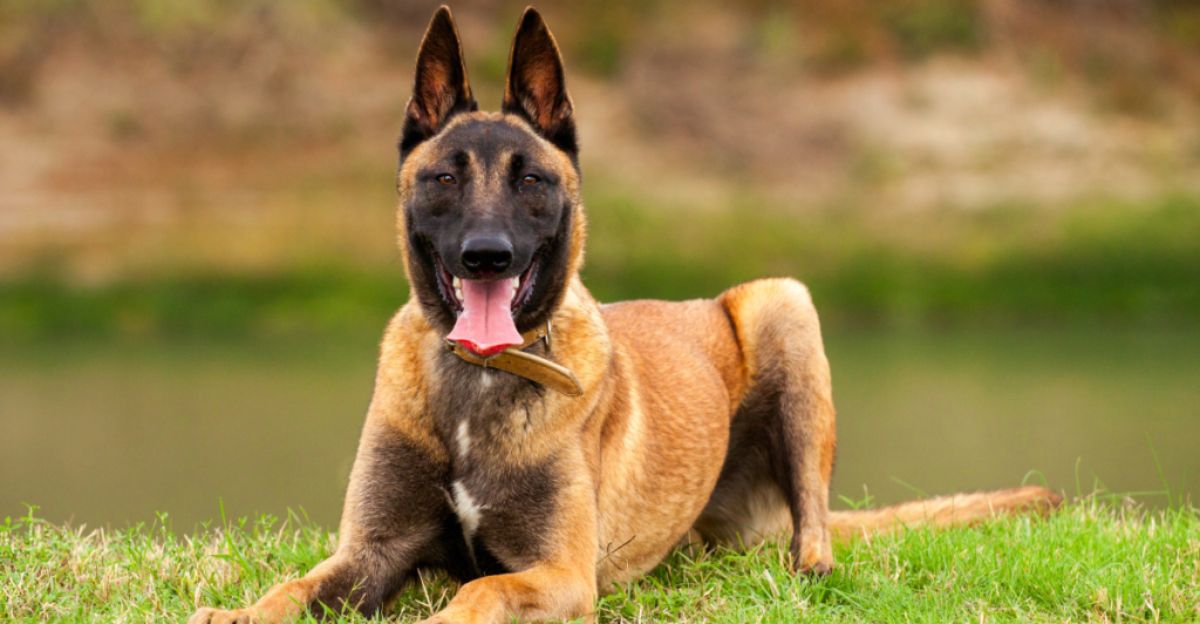
Belgian Malinois are known for their unmatched work ethic and intelligence, making them favorites in police and military roles. But that same drive makes them one of the most challenging breeds for trainers. Without constant stimulation and firm guidance, they can develop destructive habits. Their need for structure and purpose means they’re best suited for highly experienced trainers—novices, beware!
2. Weimaraner: A Shadow That Never Leaves
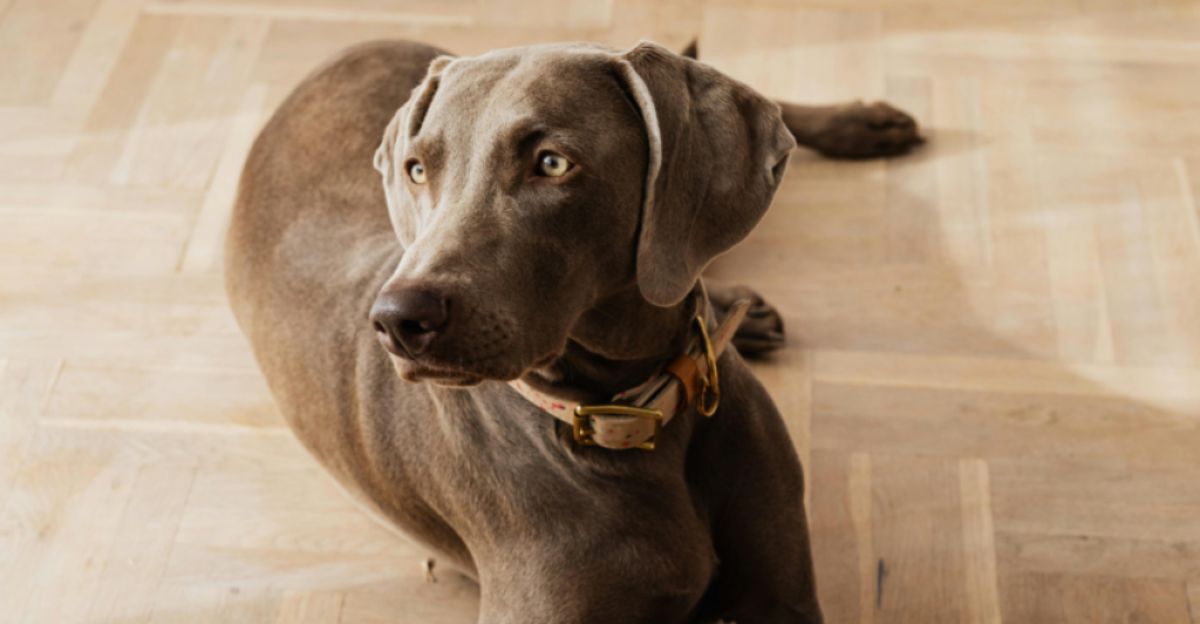
Nicknamed the “Velcro dog,” the Weimaraner forms an intense bond with its owner. While this loyalty is endearing, it makes training tricky. Their separation anxiety can lead to destructive behavior, and their high energy demands plenty of exercise. Trainers who can’t meet their emotional needs may struggle to keep them engaged, making them a tough breed to work with.
3. Alaskan Malamute: A Powerhouse With a Stubborn Streak
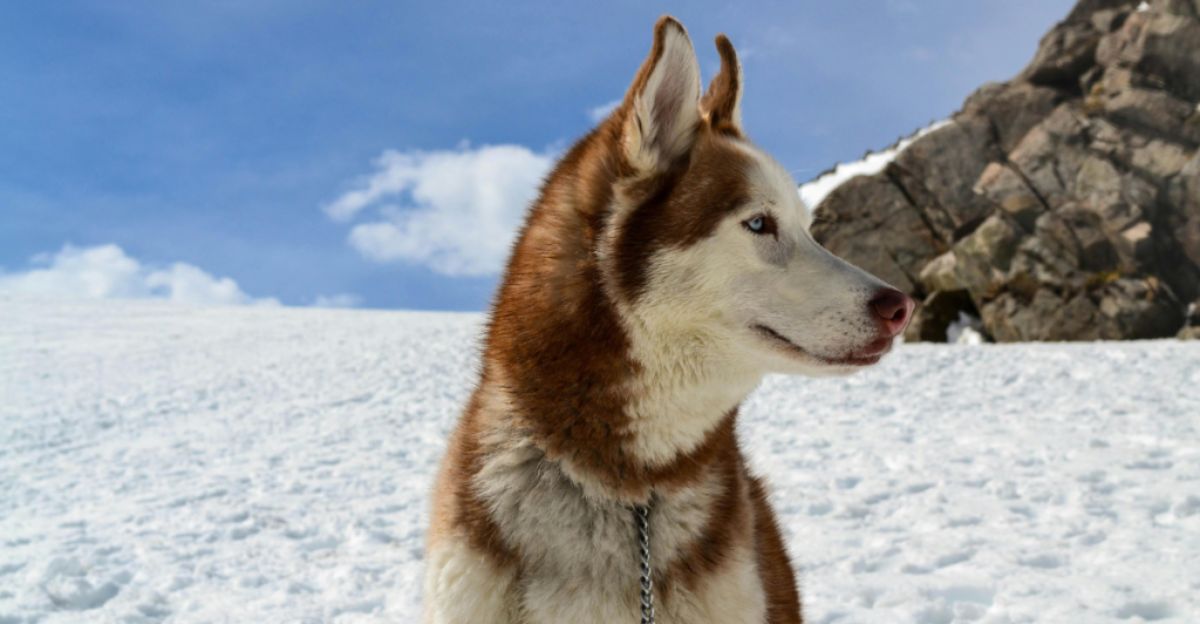
Closely related to the Siberian Husky, Alaskan Malamutes are strong, independent, and full of energy. Their sheer strength, combined with a strong prey drive, can make training a challenge. Without firm leadership and near-endless physical activity, they can become unmanageable. Trainers without experience handling high-energy working breeds often hesitate to take them on.
4. Great Dane: Giant Size, Giant Responsibility
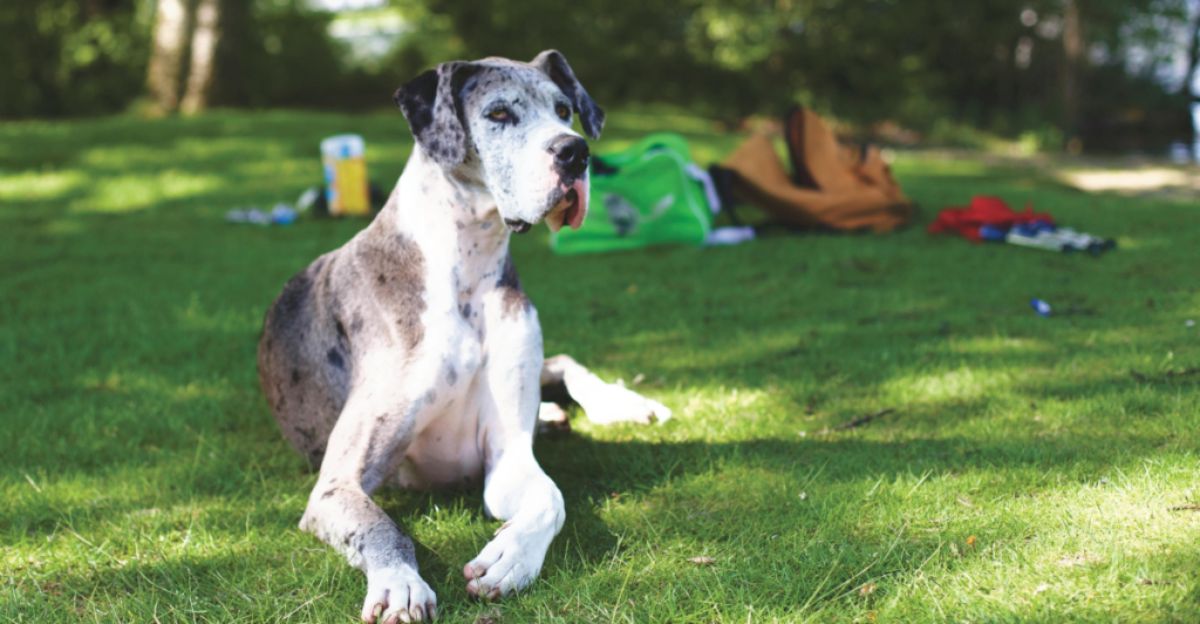
Great Danes are gentle giants, but their massive size alone can make training daunting. Even a playful misstep can overwhelm an unprepared trainer. Without proper discipline, they can unintentionally overpower their handler. Early, structured training is essential, but not all trainers feel equipped to manage such a physically imposing breed.
5. Siberian Husky: The Free Spirit
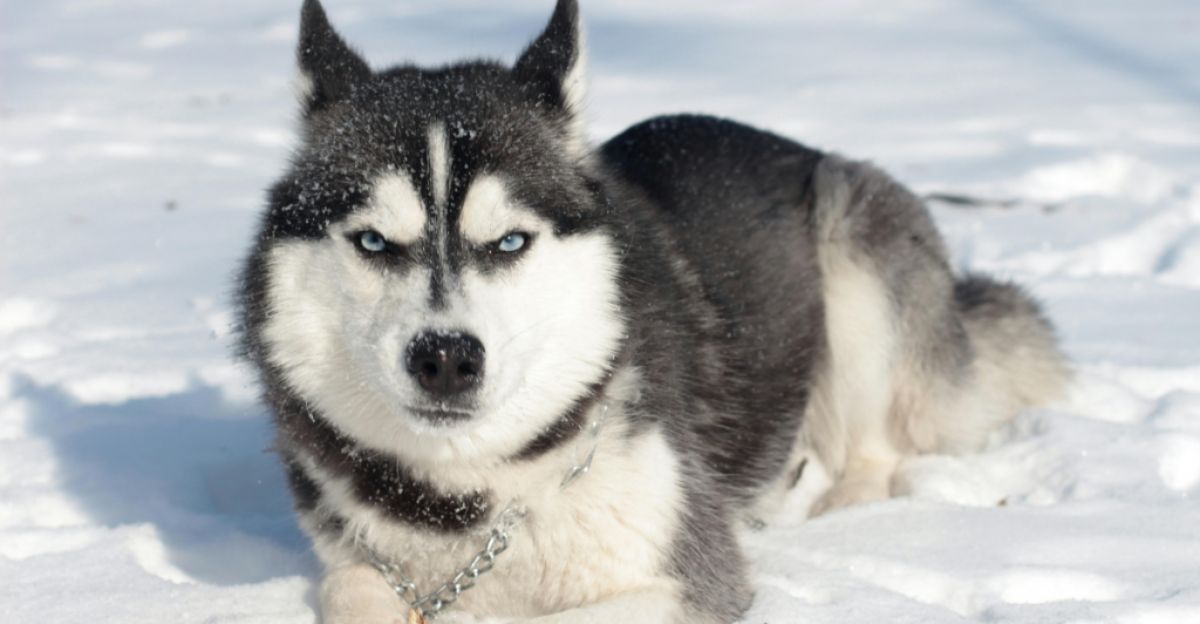
Siberian Huskies may be friendly and playful, but their stubborn streak keeps trainers on their toes. These clever escape artists follow their own instincts rather than commands, making them difficult to train. Without firm, consistent leadership, they’ll gladly take charge themselves. Some trainers avoid working with Huskies simply because their independence makes obedience a real challenge.
6. Shar Pei: Independent and Headstrong
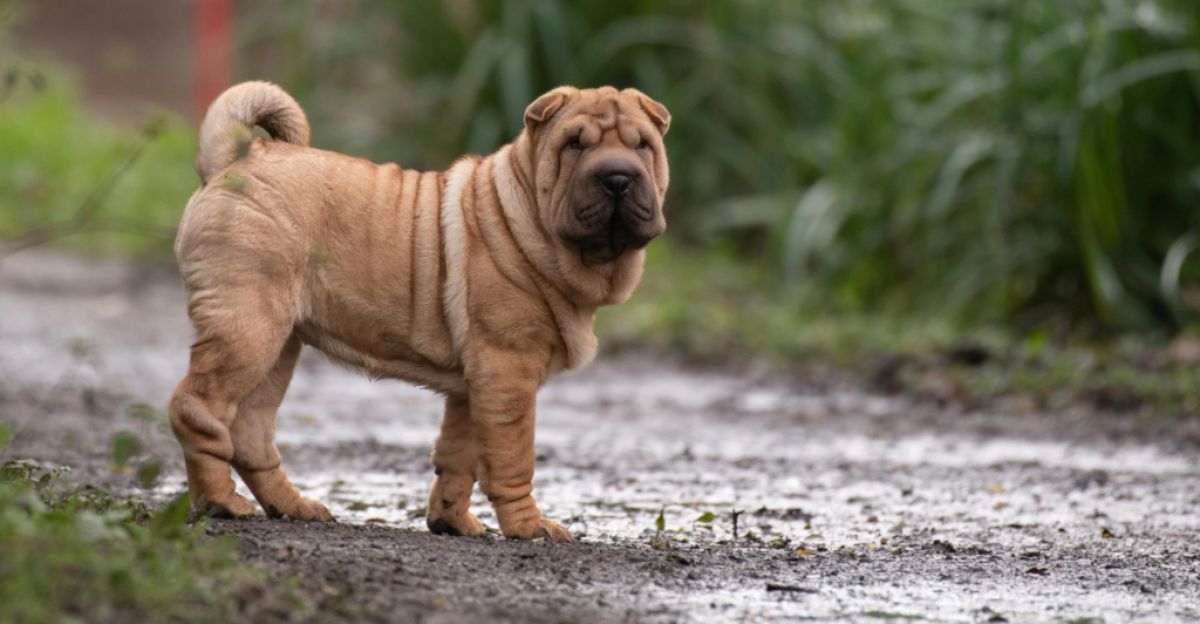
With their wrinkled faces and serious expressions, Shar Peis have a personality to match—independent and often aloof. They don’t respond well to traditional training techniques and require patience, creativity, and a deep understanding of their temperament. This stubbornness makes them a tough breed for trainers unfamiliar with their unique quirks.
7. Basenji: The Silent Rebel

Basenjis may not bark, but that doesn’t mean they’re easy to train. Known for their intelligence and mischievous streak, these clever escape artists love to push boundaries. Trainers often struggle with their independence and knack for ignoring commands when something more exciting catches their attention. Their sharp minds and curiosity require creative, patient training to keep them engaged.
8. Jack Russell Terrier: Small Dog, Big Personality
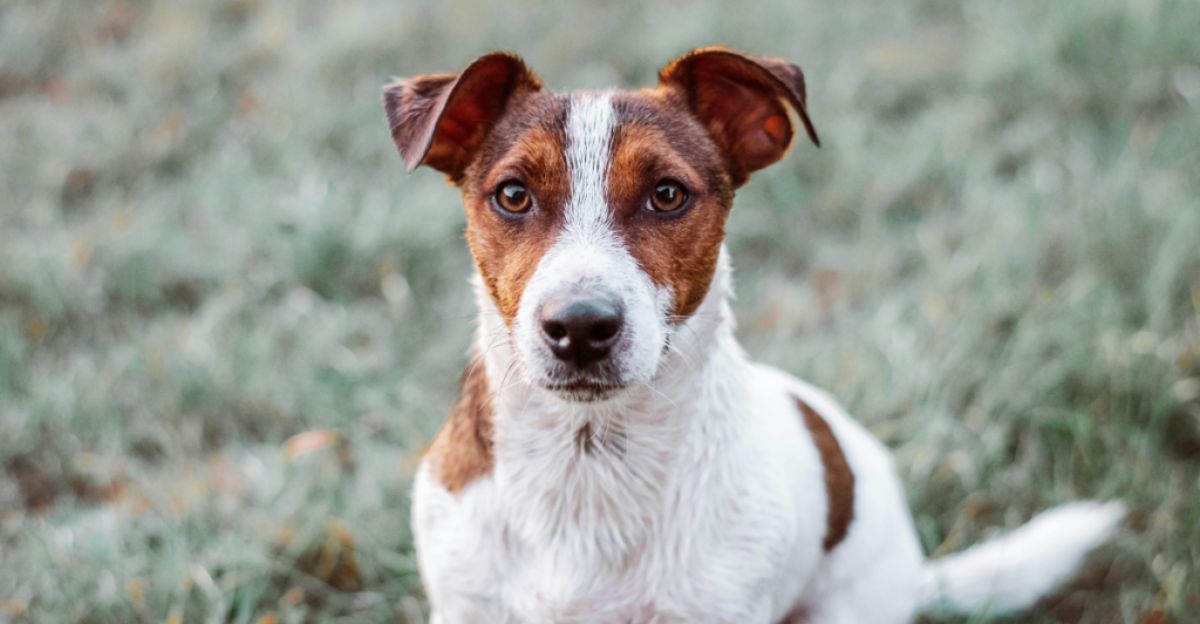
Jack Russell Terriers may be tiny, but they have the energy of a dog three times their size. Their boundless enthusiasm and strong prey drive make training a challenge, especially for those unprepared for their non-stop motion. Trainers often hesitate to take them on because keeping up with their relentless curiosity requires patience—and a whole lot of stamina!
9. Chow Chow: A Mind of Their Own

Chow Chows are fiercely independent and notoriously stubborn. While devoted to their families, they aren’t easily swayed by training methods that work for other breeds. Earning their trust takes time, and their territorial nature adds an extra challenge. Trainers without experience handling their aloof personalities may struggle to keep them engaged, making them a tough breed to work with.
10. Afghan Hound: The Free Thinker

With their regal looks and independent nature, Afghan Hounds are often compared to cats. They’re intelligent but highly selective about following commands, requiring trainers to use creativity and patience to keep them motivated. If an Afghan Hound doesn’t see the point of a task, they won’t bother—making them one of the more frustrating breeds for trainers who expect eager obedience.
Why Some Breeds Are Tougher to Train
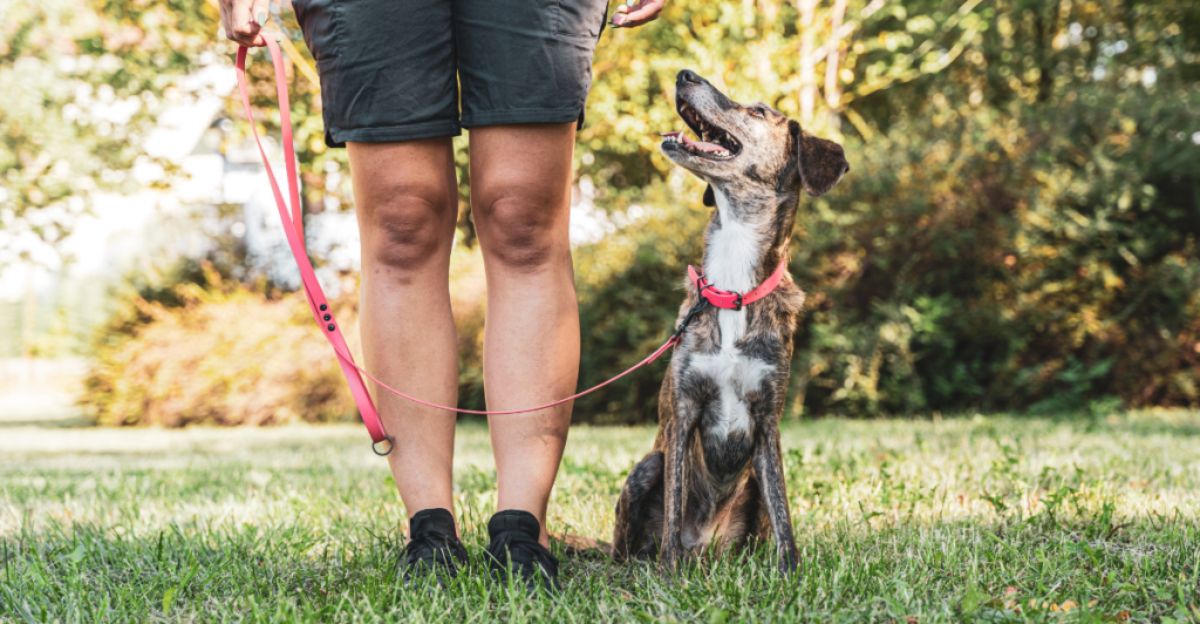
Professional dog trainers work with countless breeds, and over time, they develop strong opinions on which ones are the hardest to train. Intelligence alone doesn’t guarantee an easy training process—some of the smartest breeds are also the most headstrong! From high-energy herders to fiercely independent hunters, certain dogs push trainers to their limits.
The Bottom Line: Every Dog Can Be Trained—With the Right Approach
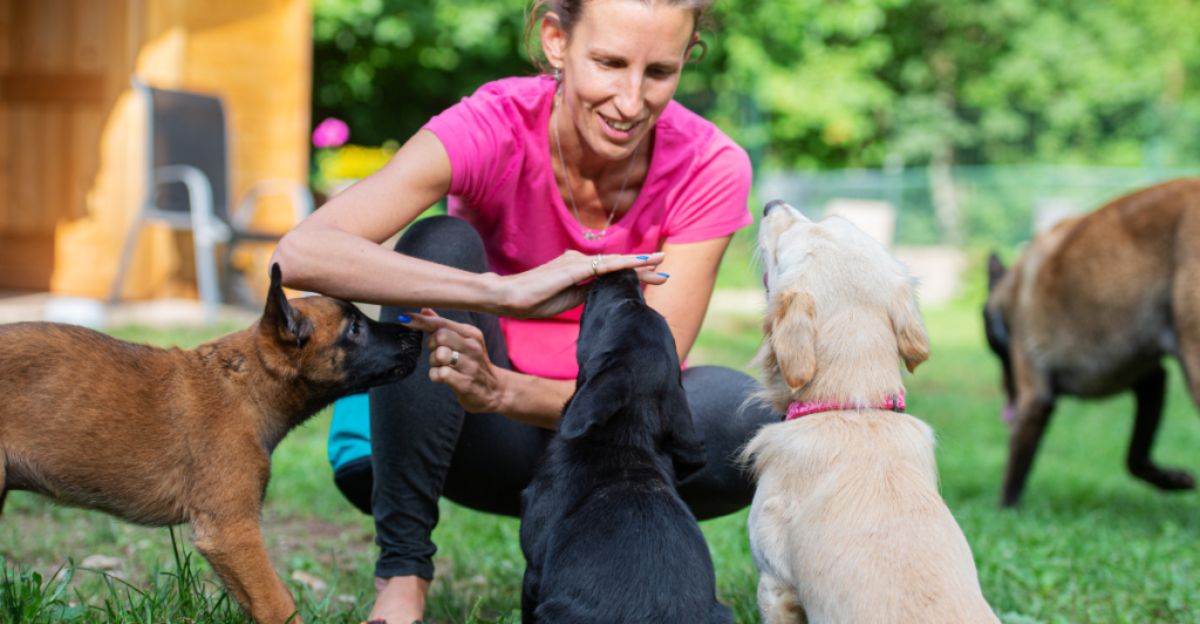
Just because a breed is difficult doesn’t mean it’s impossible to train. With patience, consistency, and the right training methods, even the most challenging dogs can become well-behaved companions. However, potential owners should be realistic about what they’re signing up for—some breeds demand far more time, effort, and experience than others.
Explore more of our trending stories and hit Follow to keep them coming to your feed!

Don’t miss out on more stories like this! Hit the Follow button at the top of this article to stay updated with the latest news. Share your thoughts in the comments—we’d love to hear from you!







